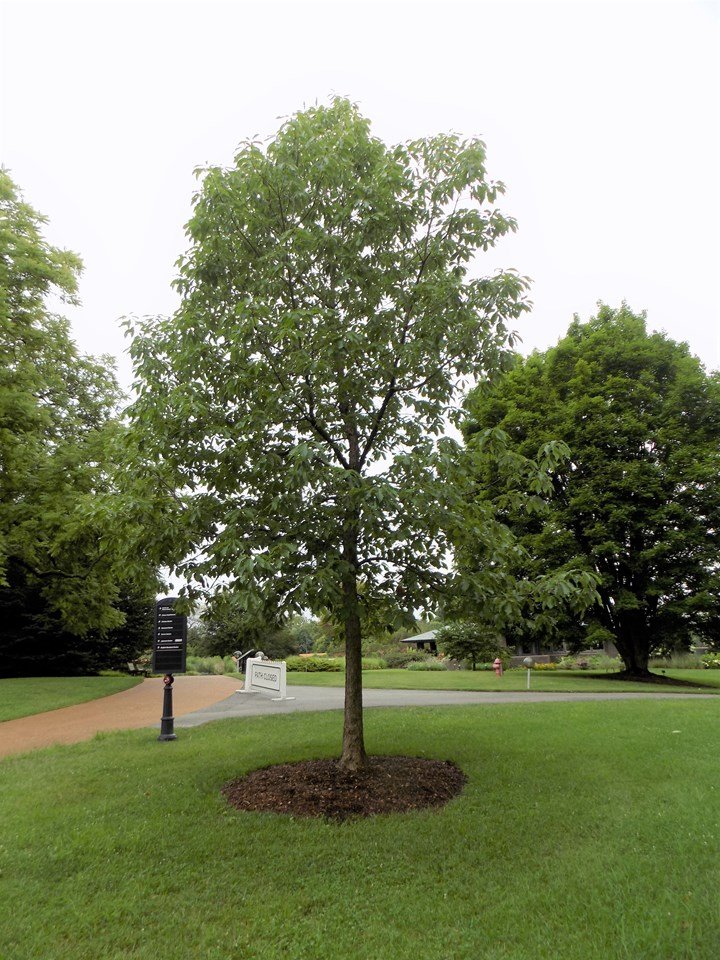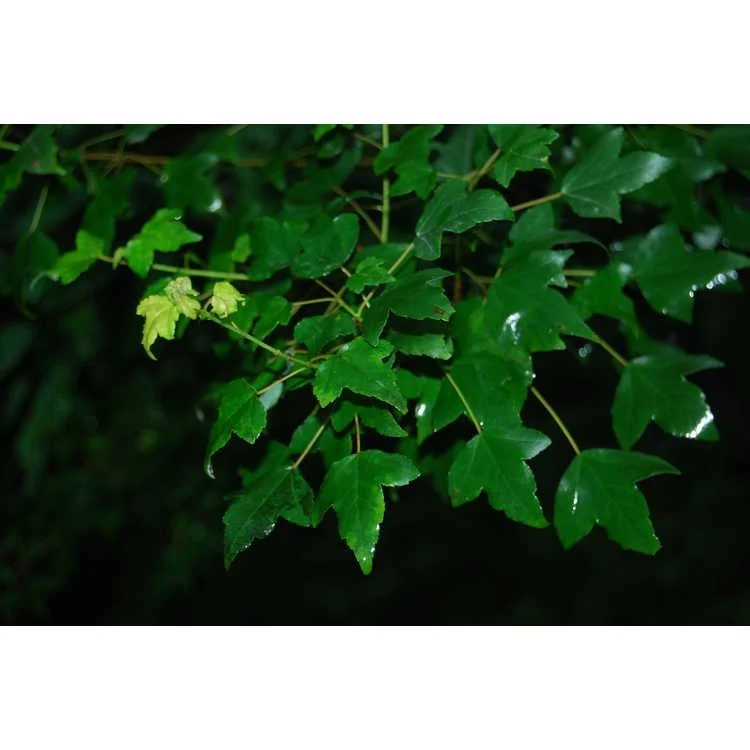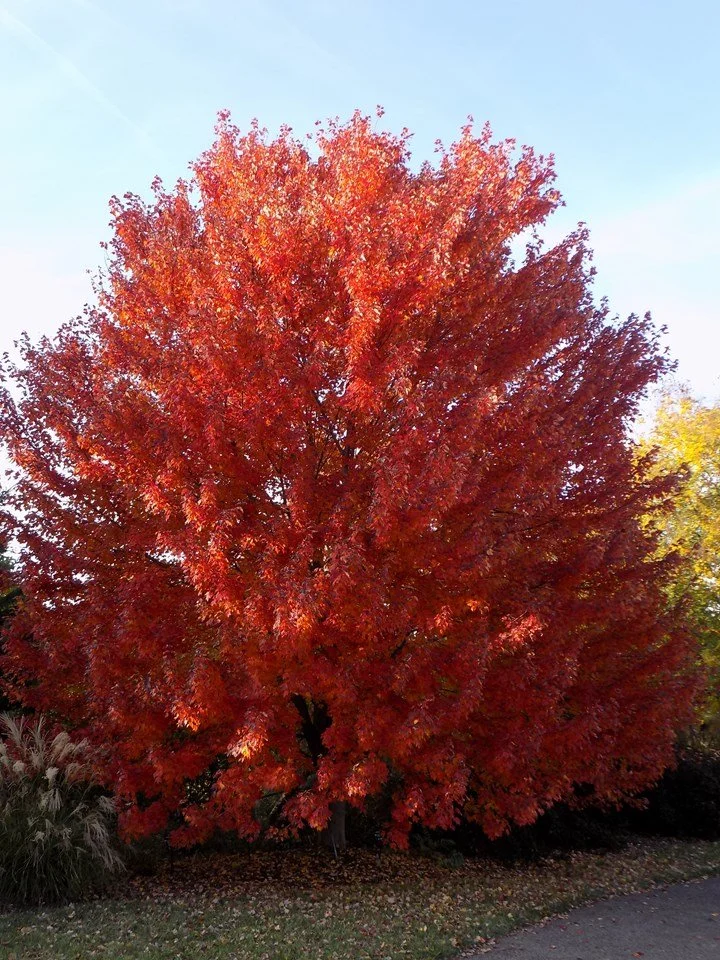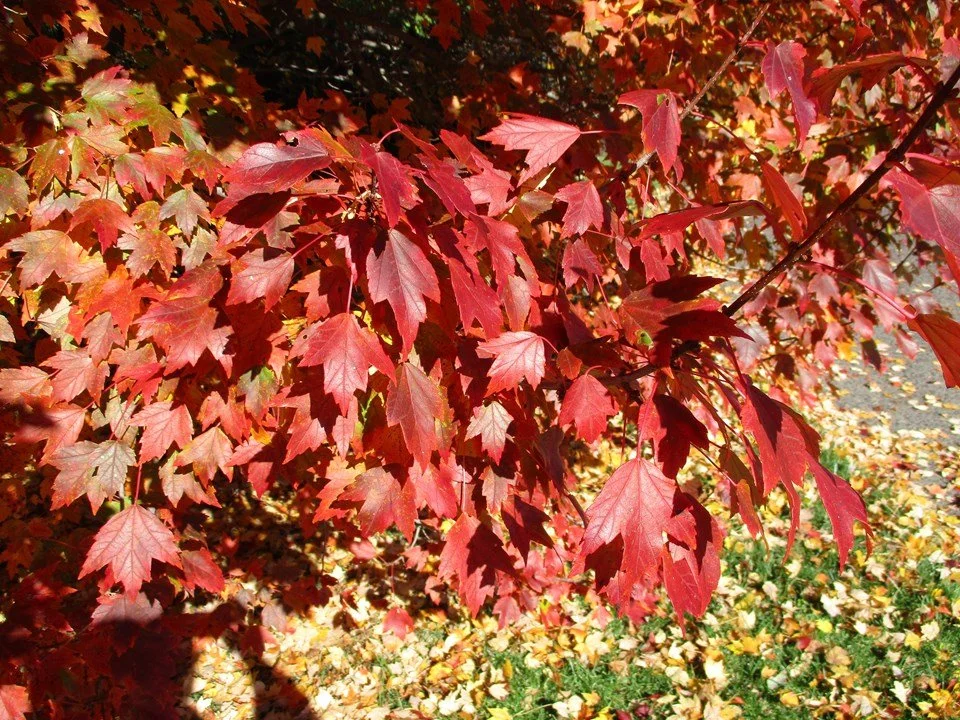American Linden (Basswood)








American Linden (Basswood)
NATIVE SHADE TREE; POLLINATOR MAGNET; FRAGRANT FLOWERS
Species: Tilia americana
Delivery Plant Size, Type & Height: 1.5” diameter trunk ; Greater than 7 Feet Tall; Container Grown
Mature Height: 50-80 feet
Mature Spread: 30-40 feet
Growth Rate: Slow 1’/year
Sunlight: Full Sun to Partial Shade
Drought & Heat Tolerant: Moderate Drought Tolerance Once Established
Description: When the American Sentry is in full bloom, its abundant fragrant yellow flowers attract so many bees, hummingbirds and butterflies that the entire tree seems to buzz with activity. Tea can be made from the flowers and their nectar produces a honey that is prized for its gourmet flavor. Even the sweet sap can be made into a syrup. With its symmetrical shape and dark green heart-shaped leaves, the American Sentry makes an attractive shade tree.
Throughout history, Linden trees have been used in homeopathy to reduce nasal congestion, throat irritation and cough. Its sedative effects are used as remedies for nervousness and to relieve itchy skin. Since ancient times, the Linden tree has been a symbol of simplicity, innocence and kindness. The flowers’ perfume linked it to both the Greeks’ Aphrodite and the Roman’s Venus, both goddesses of love. In more recent European history, it was considered immoral to cut down a Linden tree because it was a symbol of friendship and fidelity.
Nashville musicians may already be enjoying the attractive wood of Linden trees, which is called limewood. Because the limewood has good acoustic properties and is easy to work with, it’s used to make electric and bass guitar bodies, wind instruments and even drum shells.
Growing Considerations: This tree doesn’t tolerate urban air and water pollution well, so it's best planted in a big yard, or away from heavy vehicle traffic. It will grow well in average, well-drained soils—the more dark, rich, and loamy the better. The abundance of nectar can attract the same type of aphids which feed on Hackberries, which may in turn result in the production of “honeydew” and a thin coat of dark gray film you see on things at the end of summer. We wouldn’t worry too much about this problem as long as this tree is not planted over a parking pad.
Mono-Culture Risk: None
Invasive Risk: None










